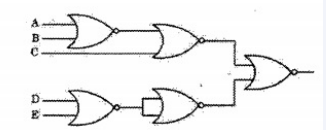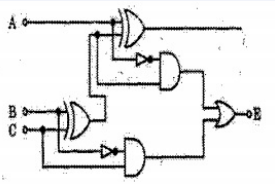ISRO CS 2007
Question 4
When two numbers are added in excess-3 code and the sum is less than 9, then in order to get the correct answer it is necessary to
Question 7
If a graph requires k different colours for its proper colouring, then the chromatic number of the graph is
There are 80 questions to complete.
Last Updated :
Take a part in the ongoing discussion


